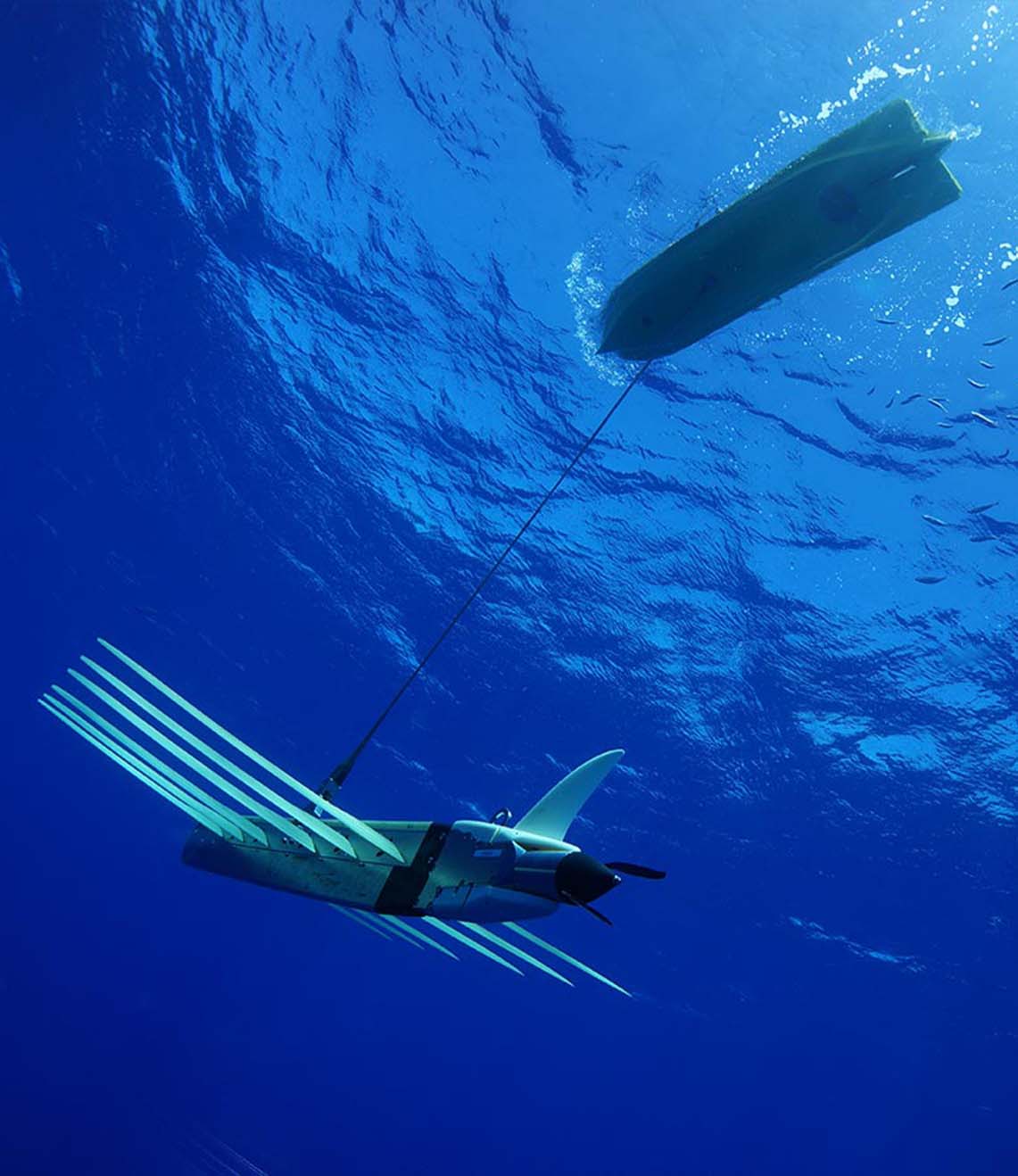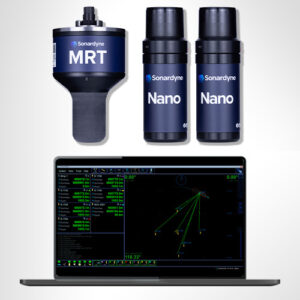

Mini-Ranger 2 is our mid-level USBL target tracking system that’s also able to support data harvesting, using USVs, from seabed-deployed instruments or communicating with underwater assets such as AUVs.
At a glance
Performance without the cost and complexity of a deep water USBL solution
Perfect for nearshore operations; UXO surveys, search and recovery, structure inspection
Portable and quick to mobilise; a great choice for small survey vessels, moored barges and uncrewed vessels
995 m operating range; extendable to 4,000 m (requires export license)
Optional Marine Robotics software feature pack provides command and control of AUVs
Works with a wide range of 6G transponders including RT 6 acoustic releases
USBL tracking without the complexity
Want to know more?
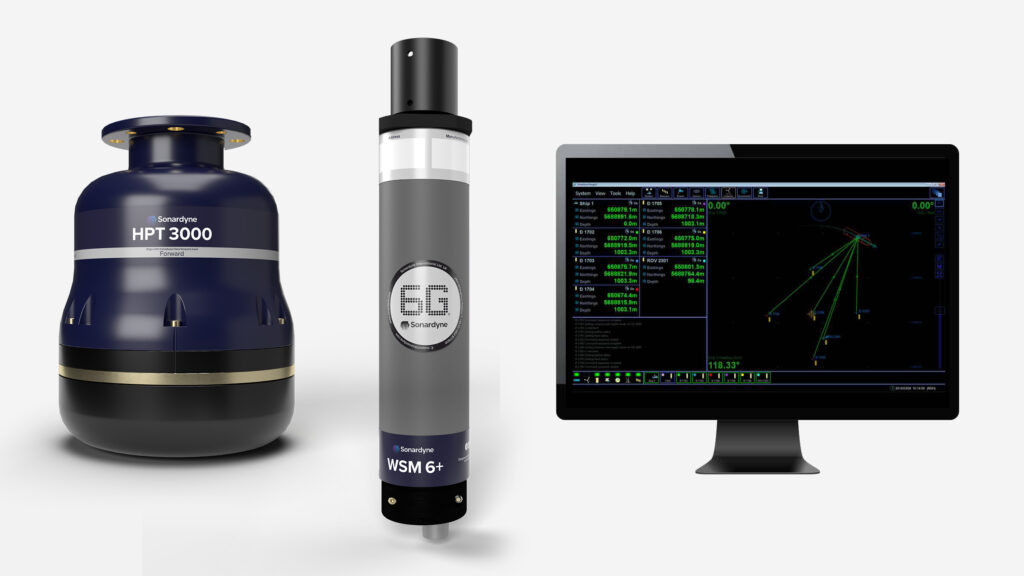
HPT 3000 transceiver; suitable for over-the-side deployment on a pole or USV
Mini-Ranger 2 is built on 6G hardware with equipment that's easy to set up
Acoustic coverage is optimised for high elevation, wide-area tracking
All Ranger 2 USBLs use the same common software that's simple and quick to learn
Software options include extended range and marine robotics pack
Benefits of Mini Ranger 2 USBL for your operations
Targets
Diver, ROV, towfish or AUV. Whatever you want to track, it adds survey-grade precision and accuracy to your operations.
Communications
It offers more than just tracking - Mini Ranger 2 opens up the possibilities for your marine robotics fleet to communicate, command and control them.
Environments
Shallow to deep, even at high elevations, Mini-Ranger 2 provides flexibility to your underwater operations without compromising performance.
Overview
With a 995 m operating range, extendable to 4,000 m, Mini-Ranger 2 can track up to 10 underwater targets simultaneously, including divers, towed instruments, ROVs and AUVs.
Opt for the Marine Robotics software pack and it will communicate with subsea robotic platforms, sharing position and allowing you to exchange data.
Expected system accuracy is 0.2%–1.3% of slant range, depending on system configuration. If you need higher precision or are looking for a USBL that you can use as a dynamic positioning reference, then take a look at our top performing USBL, Ranger 2 Standard, or Ranger 2 Survey.
Mini-Ranger 2 is a compact, easily installed system, so it’s the ideal choice for temporary installation on small survey vessels, as well as uncrewed surface vessels (USVs). It’s built around the same market-leading 6G hardware and Wideband®2 digital acoustic technology you’ll find in our entire family of USBL systems – even the software is the same.
HPT 3000
At the heart of the system is the HPT 3000, a highly capable surface-deployed USBL transceiver which is optimised for performance in shallow water, high elevation and long lay back operating scenarios, as well as data telemetry.
It’s typically deployed over the side of a vessel on a simple pole arrangement or under the hull of a USV. If the system is going to be permanently deployed, a though-hull deployment setup is possible.
HPT 3000 is connected to the system’s 1U-high Ethernet Serial Hub (ESH) and your PC running the Ranger 2 software application. Fit a transponder to each target you want to track and you’re ready to go. Mini-Ranger 2 is simple to configure and easy to use, even with no experience of acoustic tracking technology.
As standard HPT 3000 enables data harvesting from seafloor instruments using a crewed or uncrewed vessel.
Transponder options
A wide range of Sonardyne 6G transponders can be used with Mini-Ranger 2, allowing you to select the most appropriate model for each task. If you’re tracking divers, man-portable AUVs and micro-class ROVs, Nano is a popular choice. When tracking larger targets such as a towfish, a crane wire lowering a structure, or an observation-class ROV, WSM 6+ will meet your requirements.
And if you’re looking for a combined tracking and acoustic release transponder, RT 6 is now available. It allows you to deploy, track and recover seafloor equipment, all using the same instrument.
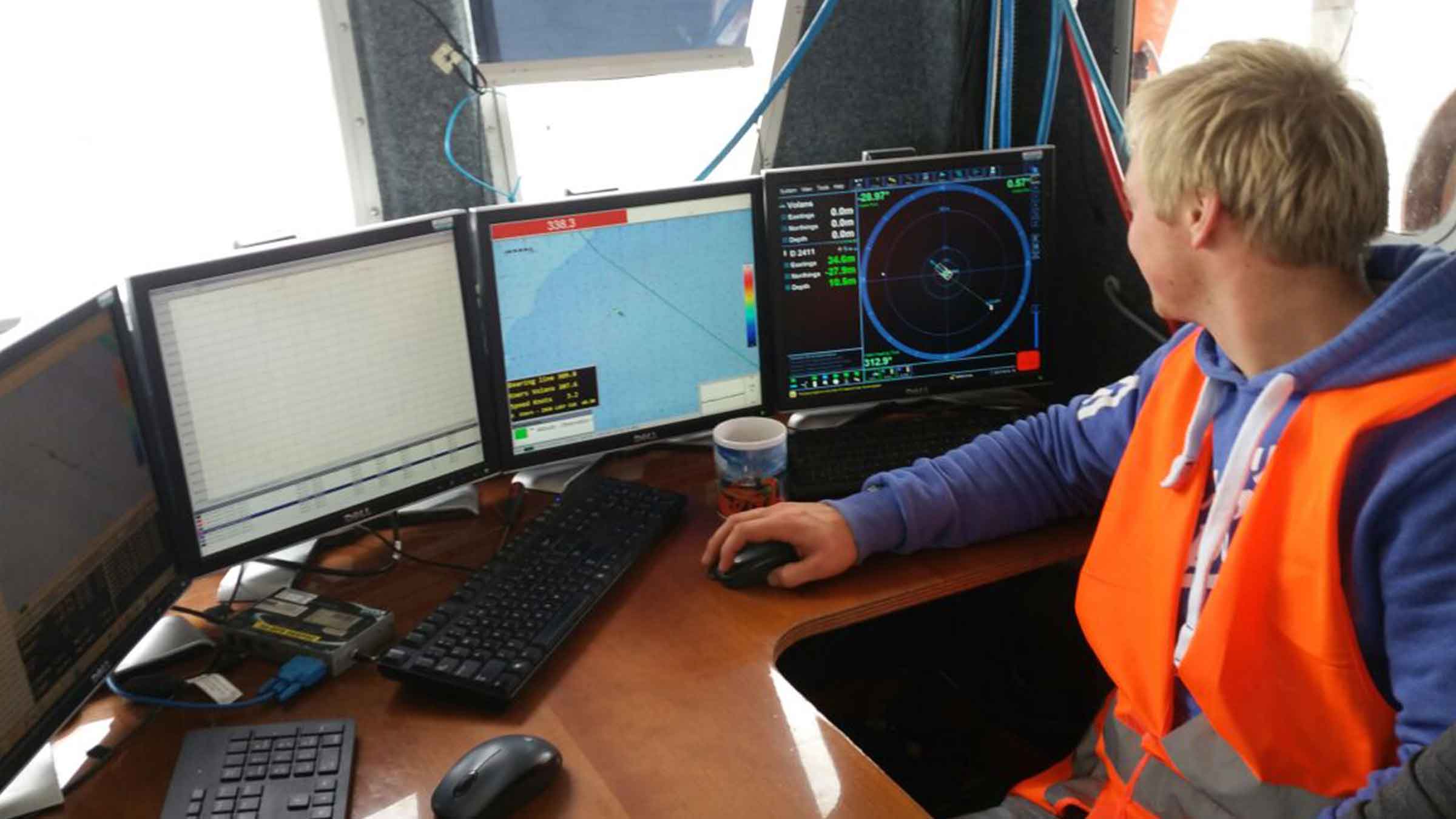

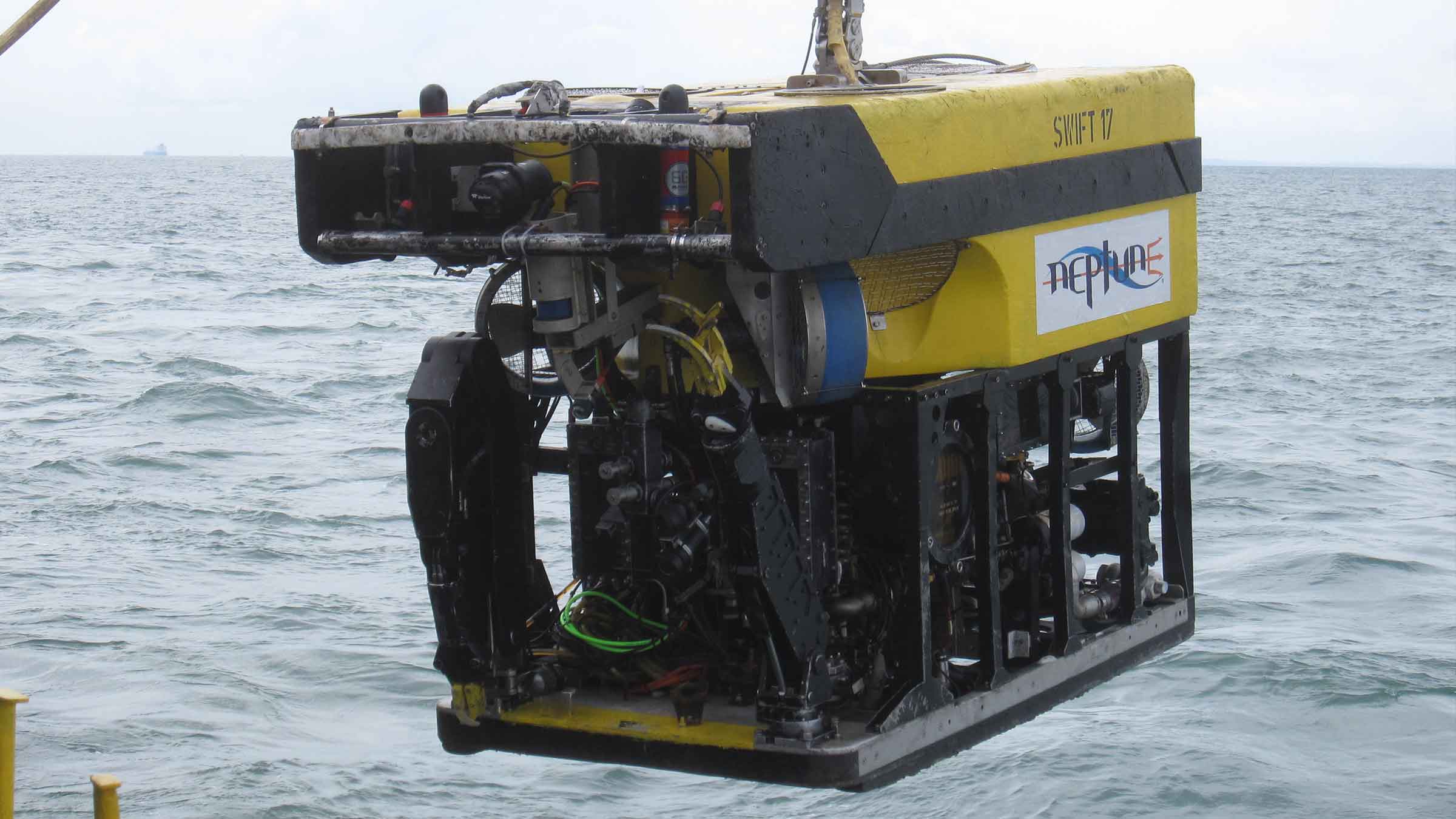
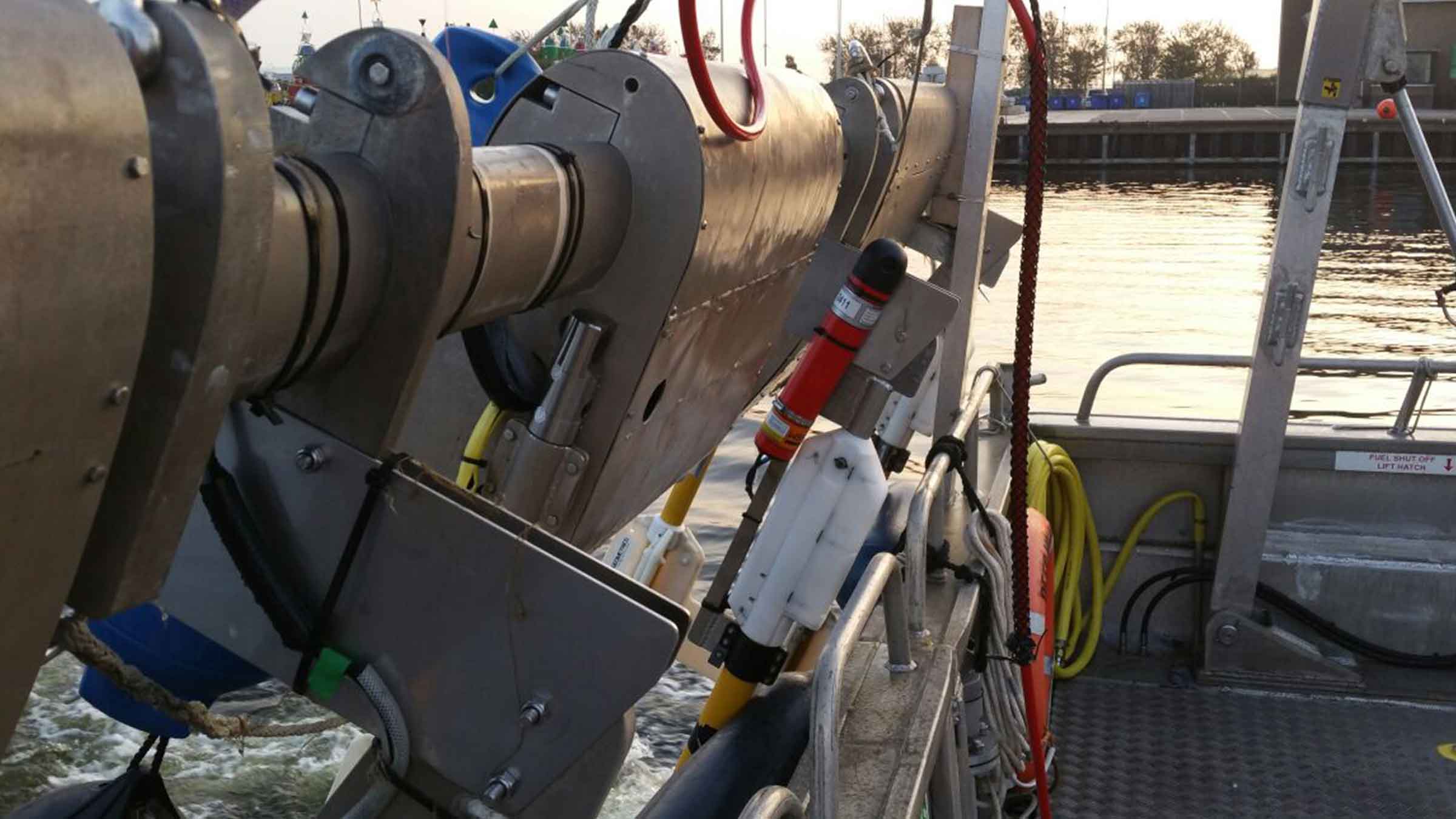

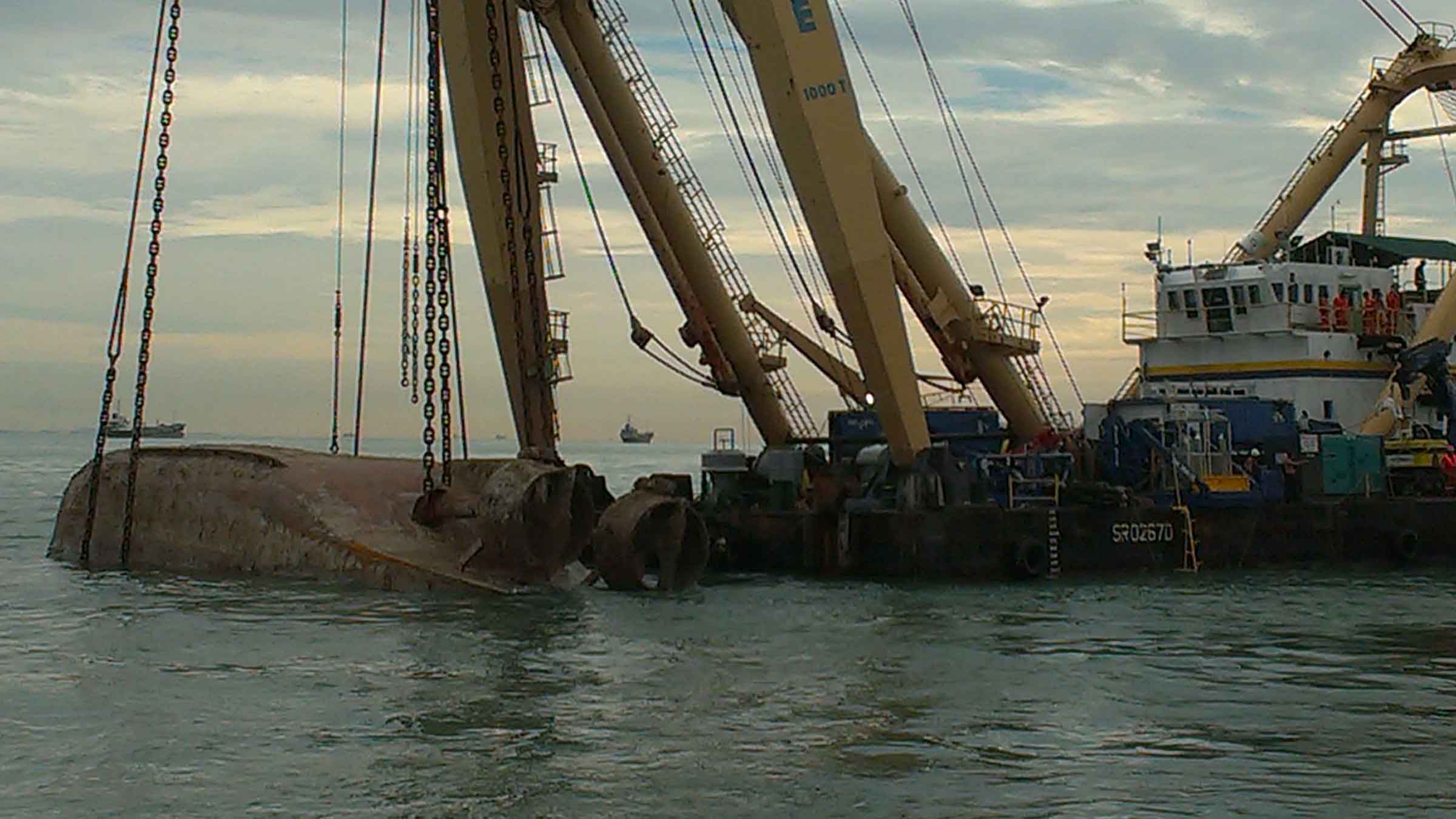
Why invest
Design
-
Powerful features for commercial users
-
Easy to transport, hardware comes in one shipping box
-
Configurable for manned or uncrewed vessel operations
-
Quick to mobilise, configure and uninstall
-
Shares common platform with other Sonardyne USBLs
Performance
-
0.2% positioning repeatability using external MRU
-
1.3% positioning repeatability using internal MRU
-
Up 10 targets tracked, simultaneously
-
995 m tracking range; extendable to 4,000 m
-
3 Hz position update rate
Acoustics
-
MF frequency (19–34 kHz)
-
Supports Sonardyne Messaging Service for data exchange
-
Sonardyne Wideband 2 digital acoustic for reliable performance in both shallow and deep environments
-
Transceiver optimised for high elevation tracking in quite environments
Ownership
-
What’s in the box: HPT 3000, SIU, deck cables, software, manual
-
Warranty: 1 year return to Sonardyne service centre
-
ITAR Controlled: No
-
UK Export License: Not required for 995 m version. Required for extended range (4,000 m) version
Mini-Ranger 2 USBL case studies

Ocean Science
Extending the limits of autonomous systems
Improving the endurance and navigational precision of underwater autonomous systems, while also reducing costs, could provide disruptive capability in the subsea monitoring and inspection space. Geraint West, Ocean Science Head of Market, explores the challenges and solutions.
Client: National Oceanography Centre (NOC) and L3Harris ASV

Ocean Science
Recovering lost history with Mini-Ranger 2
Mini-Ranger 2 offers many of the features of our top performing system, but is smaller, making it ideal for temporary use on chartered workboats. Recently, it’s been in service with James Fisher Marine Services who are helping to raise a piece of otherwise lost World War II aviation history.
Client: James Fisher Marine Services

Renewables
Deploy, retrieve, repeat – made easy with RT 6 acoustic release
Shallow water isn’t any less demanding than deep water. DynamOcean operates in tidal estuaries with fast-flowing water and ever-changing environmental settings. Using our acoustic releases and underwater positioning technology they were able to reliably deploy and retrieve their ADCP sensors.
Client: DynamOcean

Energy
Using a hammer to crack a nut? Try using a USV instead
USVs are no longer a niche tool used within defence, they’re now regularly patrolling our oceans, gathering hydrographic and oceanographic data. Is it time that they were also used to support smarter, cleaner and more cost-effective offshore construction operations? Ed Moller, Head of Energy, thinks so.
Resources
| Feature | Specification |
|---|---|
| Design | Powerful features for commercial users |
| Easy to transport, hardware comes in one box | |
| Configurable for manned or unmanned vessel operations | |
| Quick to mobilise, configure and uninstall | |
| Shares common platform with other Sonardyne USBLs | |
| Performance | 0.2% positioning repeatability using external MRU |
| 1.3% positioning repeatability using internal MRU | |
| Up 10 targets tracked, simultaneously | |
| 995 m tracking range; extendable to 4,000 m | |
| Uo to 3 Hz position update rate | |
| Acoustics | MF frequency (20–34 kHz) |
| Sonardyne Wideband 2 digital acoustics for reliable performance in both shallow and deep environments | |
| Supports Sonardyne Messaging Service for data exchange | |
| Transceiver optimised for high elevation tracking |



